Refilling the water tank of your semi-trailer may seem straightforward, but understanding the nuances can enhance efficiency, prevent malfunctions, and ensure optimal performance. This detailed guide will provide step-by-step instructions, best practices, and additional insights for refilling your trailer water tank effectively.
Understanding the Trailer Water Tank System
Before delving into the actual refilling process, it’s essential to familiarize yourself with the components of the trailer’s water tank system. This understanding assists in identifying potential issues and implementing preventive measures.
Components of a Trailer Water Tank System
| Component | Description |
|---|---|
| Water Tank | The primary storage unit for water. |
| Filling Port | The point where water enters the tank. |
| Drain Valve | Allows for emptying the tank when necessary. |
| Vent | Prevents pressure buildup within the tank. |
| Level Gauge | Indicates the current water level in the tank. |
| Piping System | Connects the tank to various outlets for water usage. |
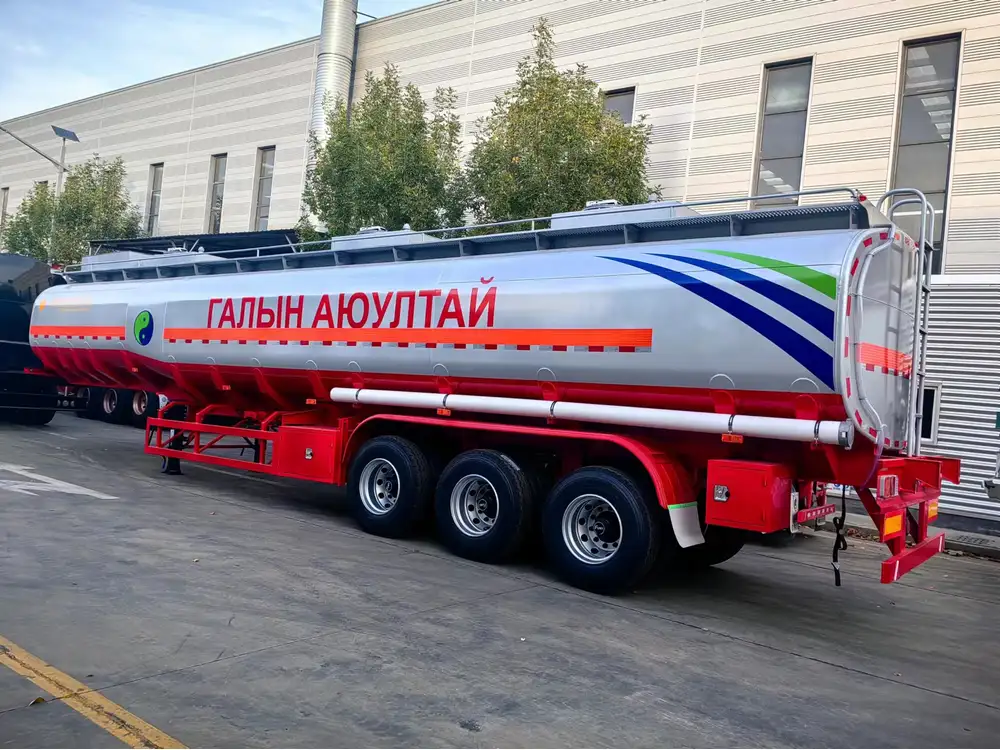
Step-by-Step Process for Refilling Your Trailer Water Tank
Step 1: Safety Precautions
Safety should always be the top priority. Before you begin, consider the following precautions:
- Wear Protective Gear: Use gloves and goggles to protect from possible splashes.
- Check for Leaks: Inspect the tank and hoses for leaks or damage that could affect the filling process.
- Avoid Overfilling: Always be mindful of the water level to prevent overflow, which could cause structural damage to the trailer.
Step 2: Locate the Filling Port
Identifying the correct filling port is crucial for a successful refill. Generally, the filling port is located on the side or rear of the trailer.
- Remove the Cap: Unscrew the cap carefully to enable the water flow.
- Inspect the Opening: Ensure that no debris or contaminants are present that might enter the tank.
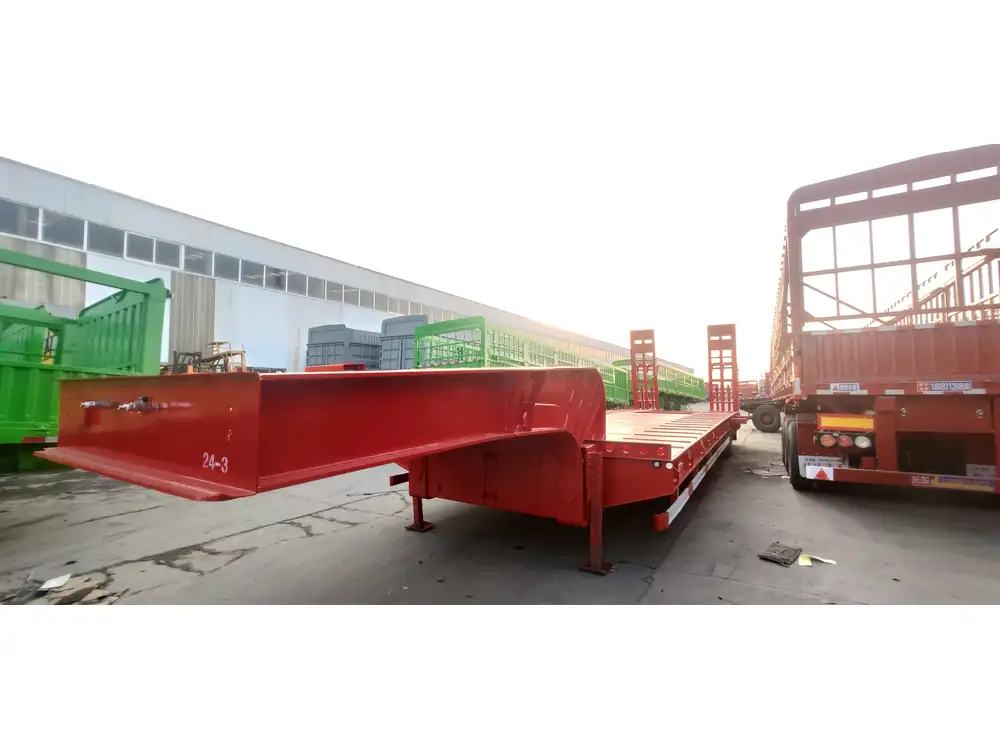
Step 3: Connect the Hose
Once the filling port is accessible, proceed to connect the water hose.
- Choose the Right Hose: Ensure that it’s suitable for water transfer and has the appropriate diameter.
- Secure Connection: Attach the hose firmly to prevent leaks during the filling process.
| Hose Type | Recommended Use |
|---|---|
| Food-grade | For potable water usage. |
| Heavy-duty | For non-potable water, cleaning, etc. |
Step 4: Begin the Filling Process
With everything in place, start refilling the water tank.
- Open Water Source: Turn on the water source slowly to control the flow rate.
- Monitor the Process: Keep an eye on the water level gauge to avoid overfilling.
Step 5: Venting
Allow proper venting during the refill to prevent air locks. If your setup lacks an automatic vent:
- Loosen the Cap Slightly: This will allow air to escape as the tank fills.
- Watch for Bubbles: If you see bubbles from the filling port, this indicates that air is escaping properly.
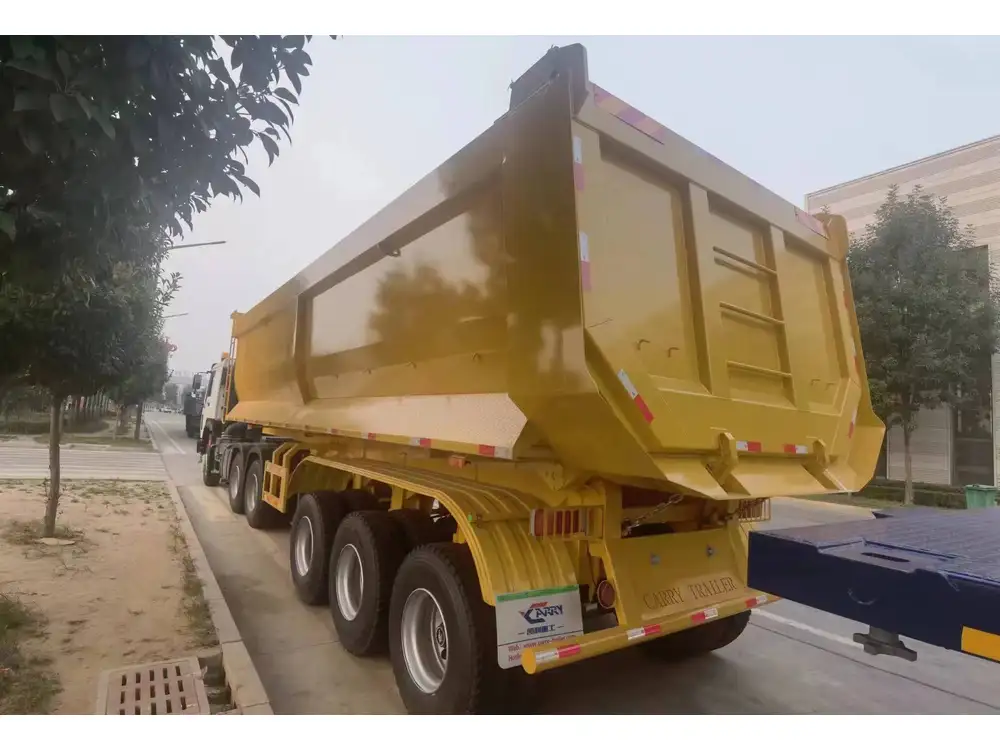
Step 6: Completing the Refill
Once the water reaches near the maximum capacity indicated by the level gauge, it’s time to stop the process.
- Turn Off the Water Source: Gradually close the water source to prevent sudden pressure changes.
- Remove the Hose: Disconnect the hose from the filling port while ensuring minimal spillage.
Step 7: Secure the Filling Port
After refilling, it’s essential to secure the filling port properly.
- Reattach the Cap: Ensure it’s tight to prevent contamination and avoid leaks during transit.
- Inspect for Issues: Check the area for any leaks or damages caused during the filling.
Common Issues and Troubleshooting
Even with careful procedures, issues may arise. Addressing them promptly can save time and resources.
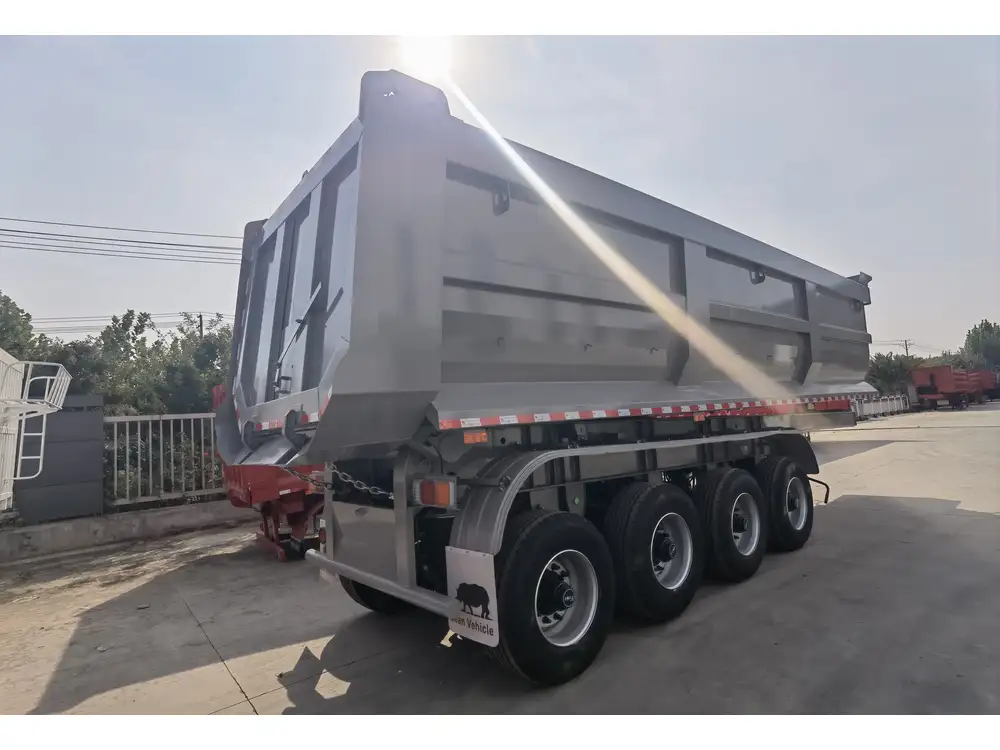
Problem: Tank Overflows
- Cause: Heavy inflow rates without monitoring.
- Solution: Install a flow control valve to manage the filling rate.
Problem: Incorrect Water Level Reading
- Cause: Faulty water level gauge or obstructions.
- Solution: Clean or replace the level gauge to ensure accurate readings.
Problem: Water Contamination
- Cause: Dirty filling equipment or contaminated water source.
- Solution: Use only clean hoses and sanitize the water source before filling.
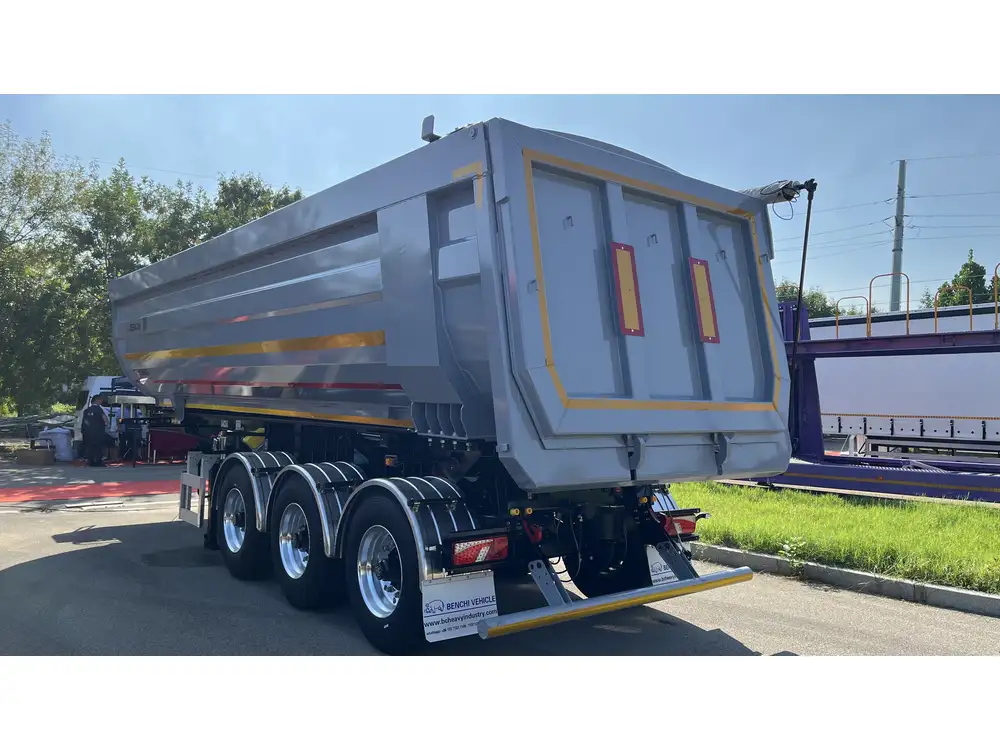
Problem: Dripping or Leaking Cap
- Cause: Worn-out or damaged cap.
- Solution: Replace the cap regularly to maintain an airtight seal.
Best Practices for Maintaining Your Trailer Water Tank
To ensure the longevity and performance of your trailer water tank, consider adopting the following best practices:
Regular Inspection and Maintenance
- Schedule Regular Checks: Inspect the tank, hoses, and connections periodically to identify and rectify any issues.
- Clean the Tank: Remove sediment buildup and contaminants by cleaning the tank thoroughly at least once a year.
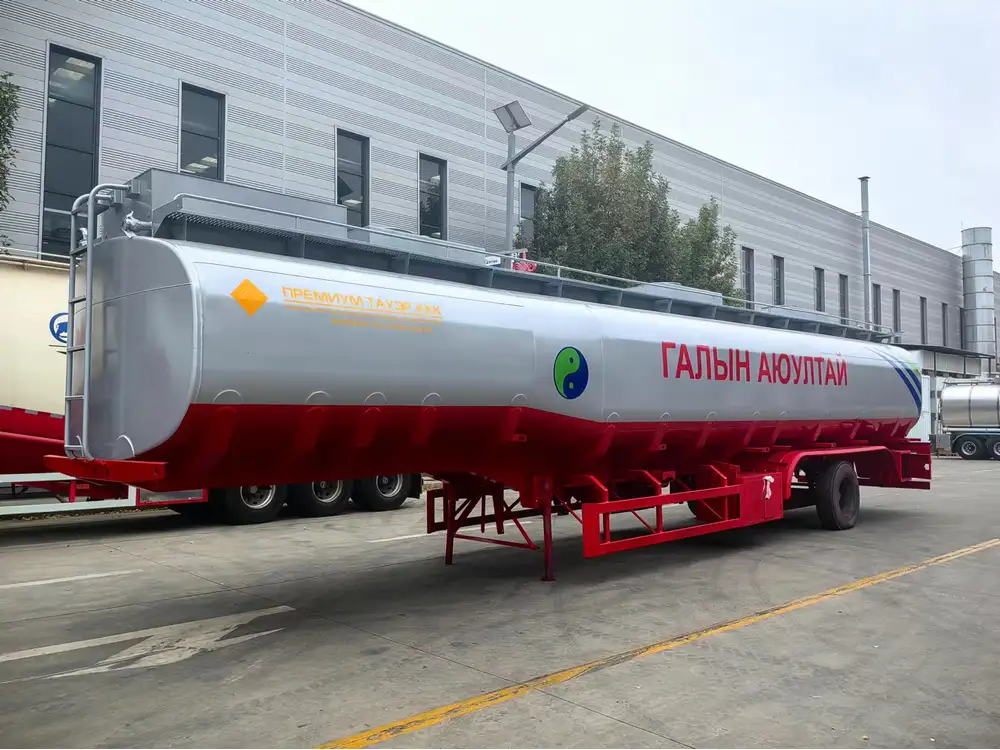
Optimal Water Usage
- Use Water Wisely: Ensure that water used in your trailer is consumed efficiently to reduce the frequency of refills and maintain a consistent supply.
- Track Usage: Keep a log of water usage patterns to anticipate future needs and refilling schedules.
Filling Source Considerations
| Source | Advantages | Disadvantages |
|---|---|---|
| Municipal Supply | High quality, regulated water. | May have restrictions on filling. |
| Well Water | Often free and high volume. | Requires testing for safety. |
| Water Stations | Convenient for long hauls, often designed for refilling large tanks. | May incur costs per gallon. |
Tips for Extended Trailer Water Tank Efficacy
- Insulate the Tank: To prevent water from freezing in colder months.
- Use Water Treatment Solutions: Consider adding water treatment chemicals to prevent algae growth and bacteria.
- Fit a High-Quality Filter: Ensure the water entering the tank is free from impurities.

Conclusion
Refilling your trailer water tank doesn’t have to be a complicated task. By following these detailed steps and understanding the system, you can ensure a smooth, efficient process that enhances your semi-trailer’s operational capabilities. Regular maintenance, alongside adherence to best practices, will ensure your water tank remains functional and reliable for your needs.
By prioritizing these guidelines and addressing potential issues before they escalate, you protect your investment and guarantee safe, effective operation on the road. Remember, a well-maintained water system contributes significantly to the overall performance of your semi-trailer—essential for long hauls and essential deliveries.



